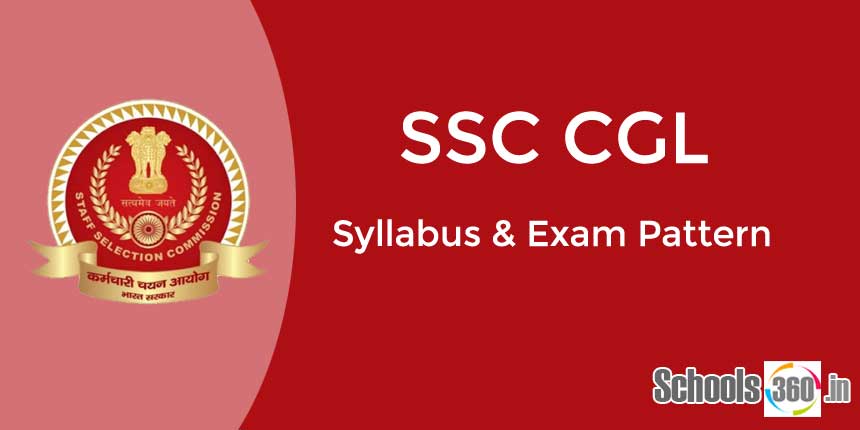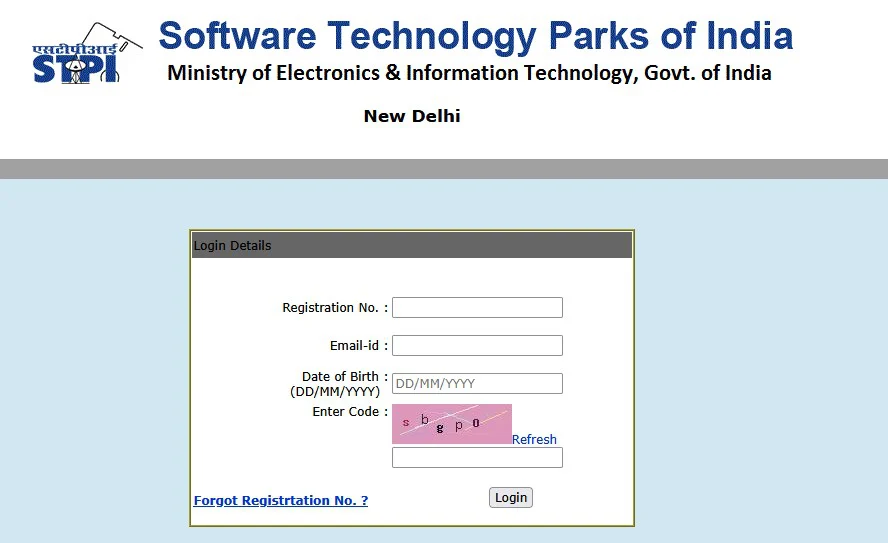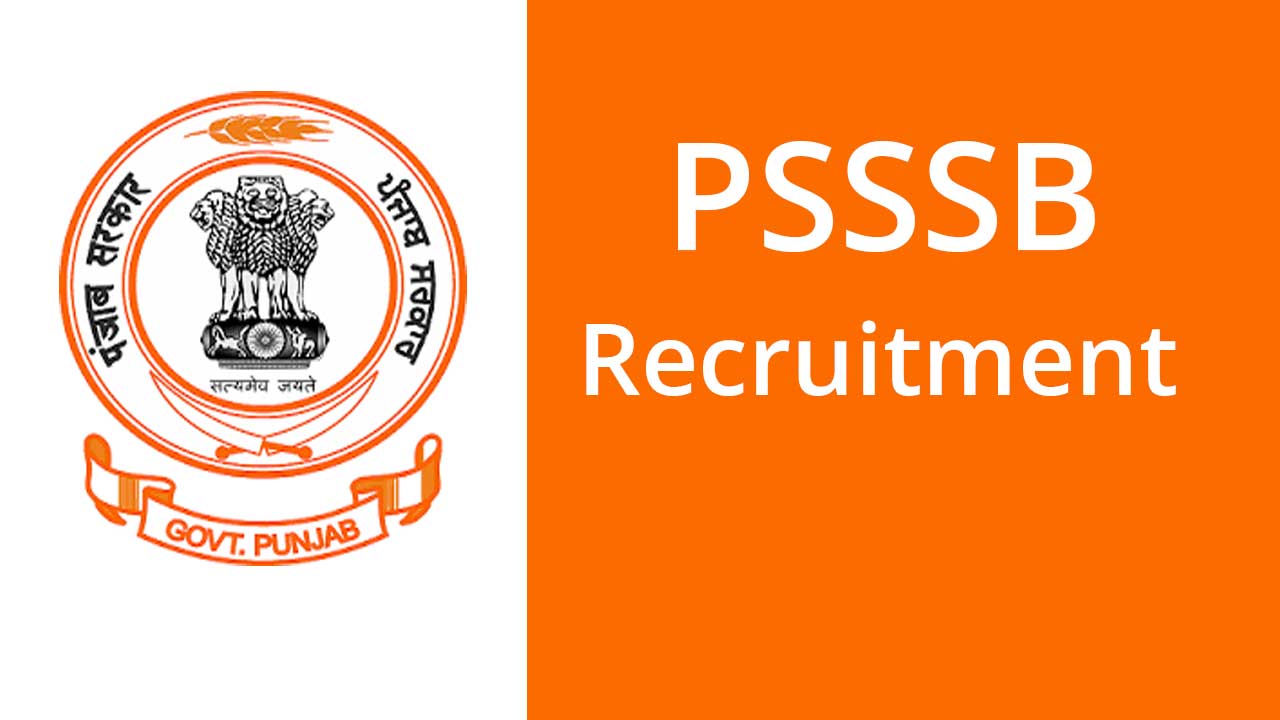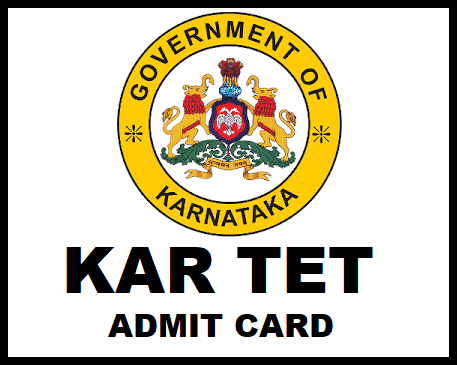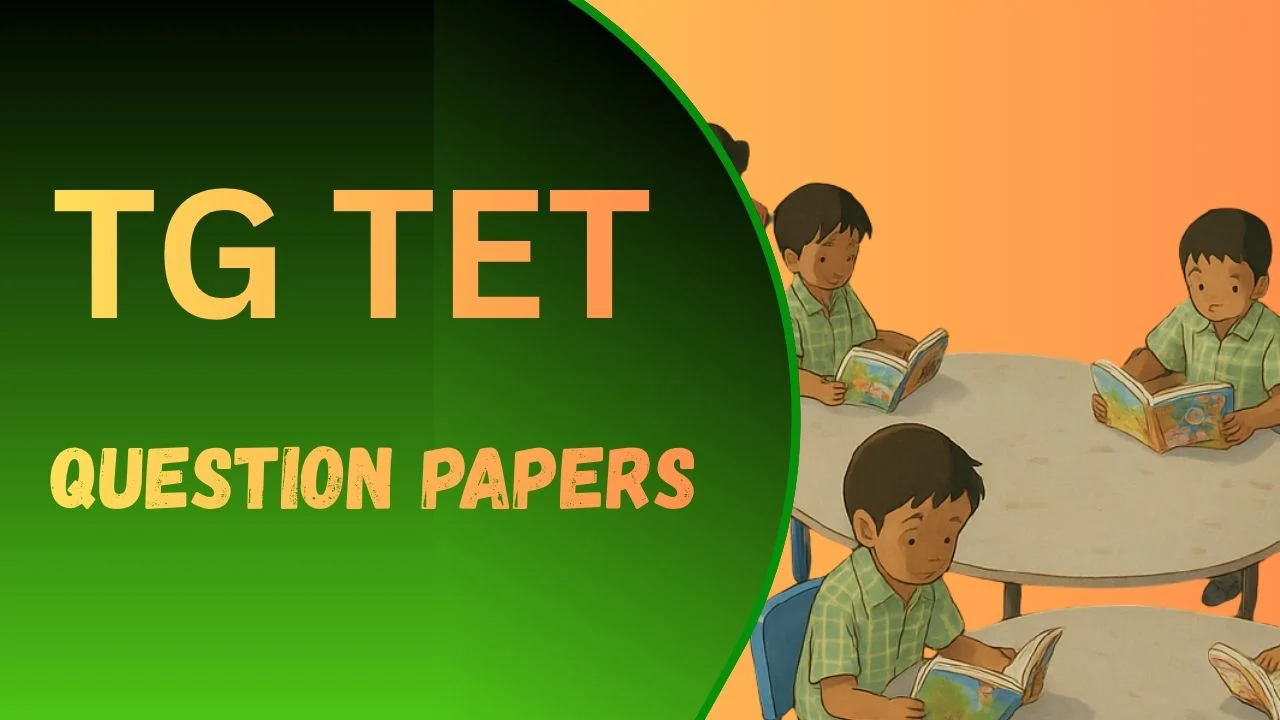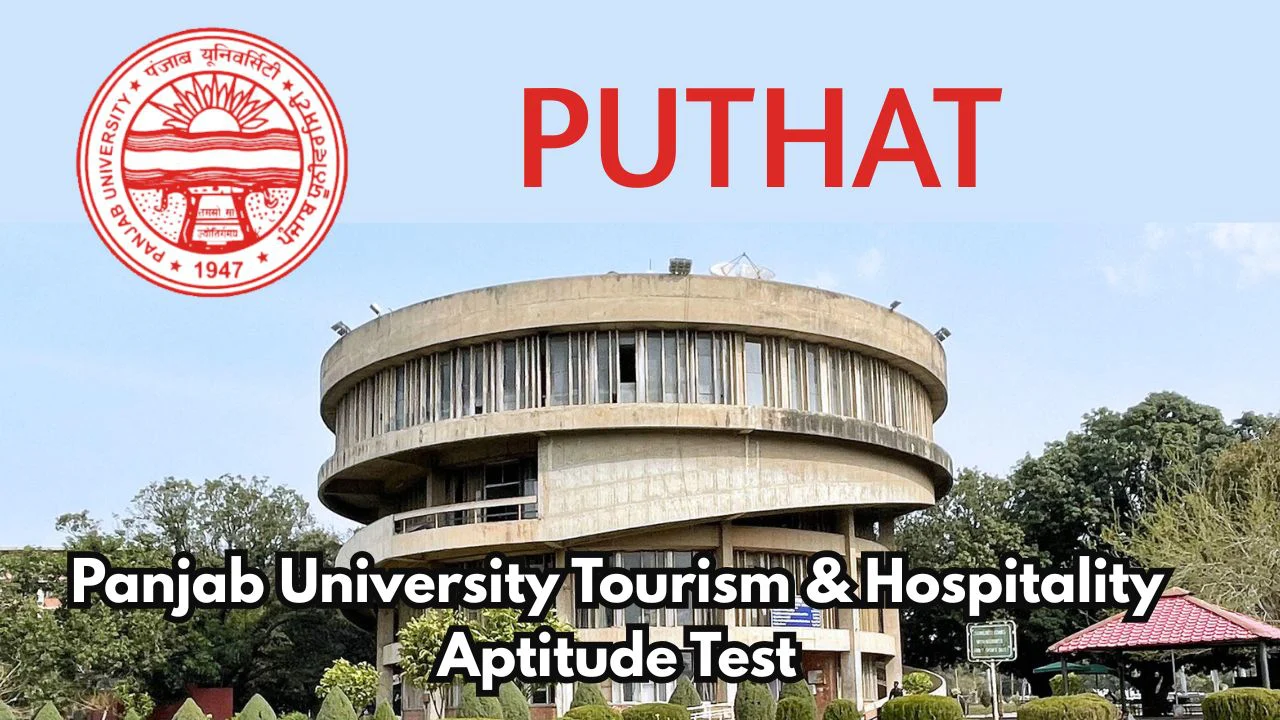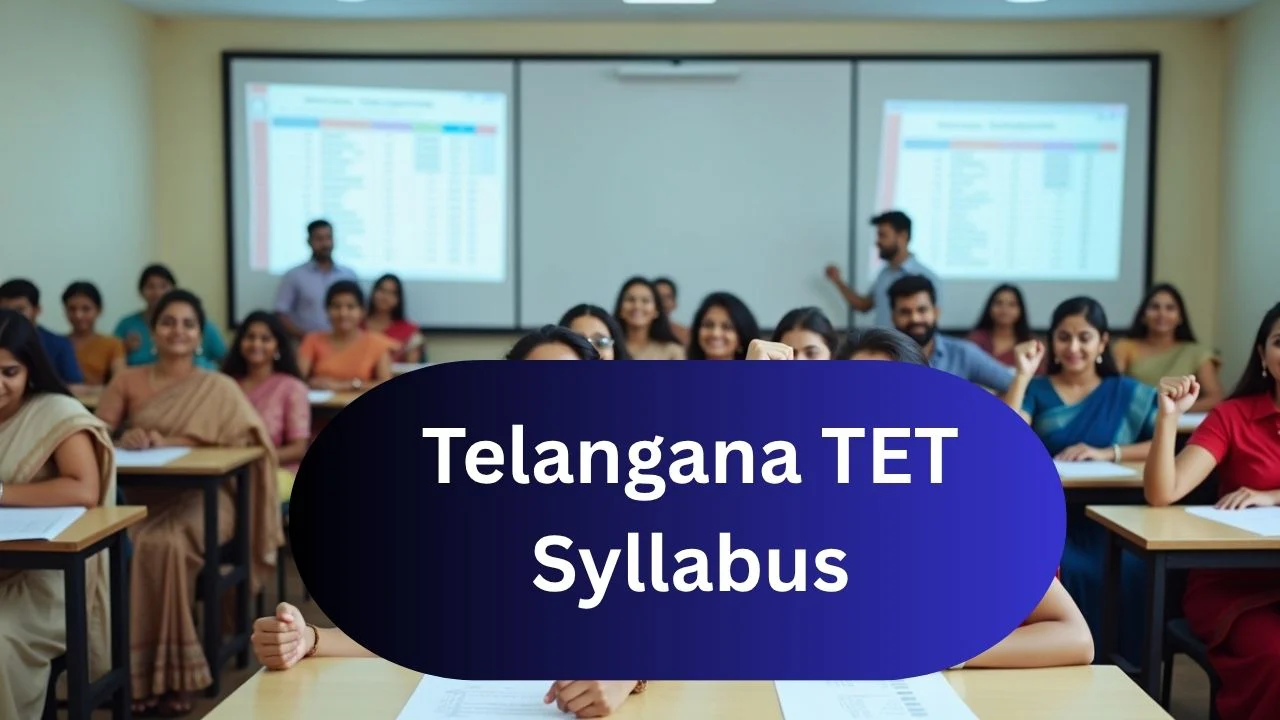The Staff Selection Commission will soon release a Notification for SSC CGL 2025, as per SSC Exam Calendar 2025-25. The SSC CGL Paper 1 notification will be released on June 16. The closing date for applications is July 10. The SSC Common Graduate Level Examination 2025 will be conducted in September-October 2025. SSC CGL Paper-1 is a computer-based online exam treated as a qualifying screening test for all applied candidates.
Schools360 Eloborates the SSC CGL 2-24 Exam Pattern and Detailed Syllabus in this article. We have also given a Download link for the SSC CGL Paper-1 and Paper-2 Syllabus PDF.
SSC CGL 2025 Syllabus PDF
Candidates who have successfully applied to the SSC CGL 2025, Must initially know the Recruitment Process for Common Graduate Level Examination. This Selection process involves Tier-1, Toer-2 and Interview / Skill Test Phases. Tier-1 and Tier-2 Examinations are Computer-based Tests with Objective Multiple Choice Type Questions. While Tier 3 and Tier 4 are document verification and physical test rounds, no Syllabus is prescribed for these two rounds.
As per the SSC CGL New Syllabus, the Descriptive Type paper has been removed from the Syllabus. Instead of this, a Data Entry Skill Test (DEST) Paper is Included in the Exam, which is compulsory and common for all Posts.
SSC CGL Exam Syllabus 2025: Overview
| Name of the Organisation | Staff Selection Commission (SSC) |
| Name of the Exam | SSC CGL 2025 |
| Category | Syllabus |
| Exam Mode | Online CBT |
| Exam Type |
|
| Location | All Over India |
| Official website | ssc.nic.in |
SSC CGL Syllabus 2025 Tier 1 & Tier 2
The Tier 1 and Tier 2 syllabuses will consist of Quantitative Aptitude, English, General Awareness, and Reasoning in common, with questions of varying difficulty levels.The Tier 2 exam will have additional sections, including CPT and DEST. Applicants should thoroughly understand the SSC CGL syllabus before preparing for a particular Round because the Competition Levels are very high. The SSC Board recently Revised the CGL Syllabus. In this article, we try to provide Detailed information about the Revised SSC CGL Syllabus 2025.
Both Tier-1 and Tier-2 Examinations are Computer-Based (online) Exams with Objective Multiple Choice Questions. For Tier-1 Exam, the syllabus will be divided into 4 sections – General Intelligence Reasoning, General Awareness, Quantitative Aptitude, and English Comprehension. Tier-2 Exam contains Mathematical Abilities, Reasoning and General Intelligence, English Language and Comprehension, General Awareness, a Computer Knowledge Test, a Data Entry Speed Test, Statistics, and General Studies (Finance and Economics).
| Tier | Exam Type |
| Tier – I | Objective Multiple-Choice Questions |
| Tier – II (Paper I, II, III) | Paper I (Compulsory for all posts), Paper II for candidates who apply for the posts of Junior Statistical Officer (JSO) in the Ministry of Statistics and Programme Implementation Paper III for candidates applying for the Assistant Audit Officer/Accounts Officer posts. Objective Type, Multiple choice questions, Module II of Section III of Paper-I is DEST |
SSC CGL Tier 1 Exam Pattern
Tier I of the Combined Graduate Level Examination will be common for all post-categories and will be held in one session.
| S.No. | Sections | No. of Questions | Total Marks | Time Allotted |
| 1 | General Intelligence and Reasoning | 25 | 50 | 60 minutes (1 hour) with no sectional time limit. |
| 2 | General Awareness | 25 | 50 | |
| 3 | Quantitative Aptitude | 25 | 50 | |
| 4 | English Comprehension | 25 | 50 | |
| Total | 100 | 200 | ||
SSC CGL Tier 2 Exam Pattern
Tier 2 exam will have 3 papers: Paper 1, which is Common for all posts; Paper 2, which is for candidates who apply for the posts of Junior Statistical Officer (JSO) in the Ministry of Statistics and Programme Implementation; and Paper III, which is for candidates who apply for the posts of Assistant Audit Officer/ Assistant Accounts Officer. The data Entry Skill Test (DEST) is a part of Module II of Section III of Paper I.
SSC CGL Tier 2 Paper 1
| Sections | Module | Subject | No. of Questions | Marks | Weightage |
| Section I | Module-I | Mathematical Abilities | 30 | 60*3 = 180 | 23% |
| Module-II | Reasoning and General Intelligence | 30 | 23% | ||
| Section II | Module-I | English Language and Comprehension | 45 | 70*3 = 210 | 35% |
| Module-II | General Awareness | 25 | 19% | ||
| Section III | Module-I | Computer Knowledge Test | 20 | 20*3 = 60 | Qualifying |
| Module-II | Data Entry Speed Test | One Data Entry Task | Qualifying |
SSC CGL Tier 2 Exam Pattern – Paper 2 & 3
| Paper | Section | No. of Questions | Maximum Marks | Duration |
| Paper II | Statistics | 100 | 200 | 2 hours |
| Paper III | General Studies (Finance and Economics) | 100 | 200 | 2 hours |
SSC CGL 2025 Exam Syllabus
SSC CGL Exam Syllabus 2025 is Available to Download on its official website. Here we provide a direct link to Download SSC CGL Exam Pattern 2025 along with the Syllabus of SSC CGL at the end of this page for the sake of candidates. Based on the SSC CGL Tier I, Tier II, Tier III, Tier IV Exam Pattern & Syllabus 2025 candidates can prepare well for the Exam. Contenders are advised to start preparation today onwards to get a good score in the Exam. Syllabus & Exam Pattern of SSC CGL 2025 Aspirants can prepare a timetable for their preparation to get a good score in the Exam.
SSC CGL Tier 1 Syllabus
| S.No. | Sections | Syllabus |
| 1 | General Intelligence and Reasoning |
|
| 2 | General Awareness |
|
| 3 | Quantitative Aptitude |
|
| 4 | English Comprehension |
|
SSC CGL Tier 2 Syllabus
| Sections | Module | Subject | Syllabus |
| Section I | Module-I | Mathematical Abilities | Mentioned in detail below – Check Here |
| Module-II | Reasoning and General Intelligence |
| |
| Section II | Module-I | English Language and Comprehension |
|
| Module-II | General Awareness |
| |
| Section III | Module-I | Computer Knowledge Test | Mentioned in detail below – Check Here |
| Module-II | Data Entry Speed Test | ||
Module – I of Session – I of Paper – I (Mathematical Abilities)
| Topics | Sub-topics |
| Number Systems |
|
| Fundamental arithmetical operations |
|
| Algebra |
|
| Geometry |
|
| Mensuration |
|
| Trigonometry |
|
| Statistics and probability |
|
SSC CGL Syllabus Tier 2 Computer Proficiency Test
| Topics | Sub-Topics |
| Computer Basics |
|
| Software | Windows Operating system including basics of Microsoft Office like MS Word, MS Excel and PowerPoint etc |
| Working with the Internet and e-mails | Web Browsing & Searching, Downloading & Uploading, Managing an E-mail Account, e-Banking |
| Basics of networking and cyber security | Networking devices and protocols, Network and information security threats (like hacking, virus, worms, Trojan etc.) and preventive measures |
SSC CGL Syllabus Tier 2 – Paper 2 (Statistics)
| Subject | Topics |
| Collection, Classification and Presentation of Statistical Data | Primary and Secondary data, Methods of data collection, Tabulation of data, Graphs and charts, Frequency distributions, and Diagrammatic presentation of frequency distributions. |
| Measures of Central Tendency | Common measures of central tendency – mean median and mode; Partition values- quartiles, deciles, percentiles. |
| Measures of Dispersion- Common measures of Dispersion | range, quartile deviations, mean deviation and standard deviation; Measures of relative dispersion. |
| Moments, Skewness and Kurtosis | Different types of moments and their relationship; the meaning of skewness and kurtosis; different measures of skewness and kurtosis. |
| Correlation and Regression | Scatter diagram; simple correlation coefficient; simple regression lines; Spearman‟s rank correlation; measures of attribute association; multiple regression; multiple and partial correlation (for three variables only). |
| Probability Theory | The meaning of probability, different definitions of probability, conditional probability, compound probability, independent events, and Bayes’ theorem are discussed. |
| Random Variable and Probability Distributions | Random variable; Probability functions; Expectation and Variance of a random variable; Higher moments of a random variable; Binomial, Poisson, Normal and Exponential distributions; Joint distribution of two random variables (discrete). |
| Sampling Theory | Concept of population and sample; Parameter and statistic, Sampling and non-sampling errors; Probability and nonprobability sampling techniques(simple random sampling, stratified sampling, multistage sampling, multiphase sampling, cluster sampling, systematic sampling, purposive sampling, convenience sampling and quota sampling); Sampling distribution(statement only); Sample size decisions. |
| Statistical Inference | Point estimation and interval estimation, Properties of a good estimator, Methods of estimation (Moments method, Maximum likelihood method, Least squares method), Testing of hypothesis, Basic concept of testing, Small sample and large sample tests, Tests based on Z, t, Chi-square and F statistic, Confidence intervals. |
| Analysis of Variance | Analysis of one-way classified data and two-way classified data. |
| Time Series Analysis | Components of time series, Determination of trend component by different methods, Measurement of seasonal variation by different methods. |
| Index Numbers | Meaning of Index Numbers, Problems in the construction of index numbers, Types of index number, Different formulae, Base shifting and splicing of index numbers, Cost of living Index Numbers, Uses of Index Numbers. |
SSC CGL Syllabus Tier 2 – Paper 3 (General Studies – Finance and Economics)
| Part | Subject | Topics |
| Part A: Finance and Accounts-(80 marks) | Financial Accounting |
|
| Basic concepts of accounting |
| |
| Part B: Economics and Governance-(120 marks) | Comptroller & Auditor General of India- Constitutional provisions, Role and responsibility | |
| Finance Commission-Role and functions | ||
| Basic Concept of Economics and introduction to Micro Economics |
| |
| Theory of Demand and Supply |
| |
| Theory of Production and cost |
| |
| Forms of Market and price determination in different markets |
| |
| Indian Economy |
| |
| Economic Reforms in India |
| |
| Money and Banking |
| |
| Role of Information Technology in Governance | ||
SSC CGL 2025 Syllabus Important Links
| Official Website | Click here |
| Download SSC CGL Syllabus 2025 PDF | Click here |


